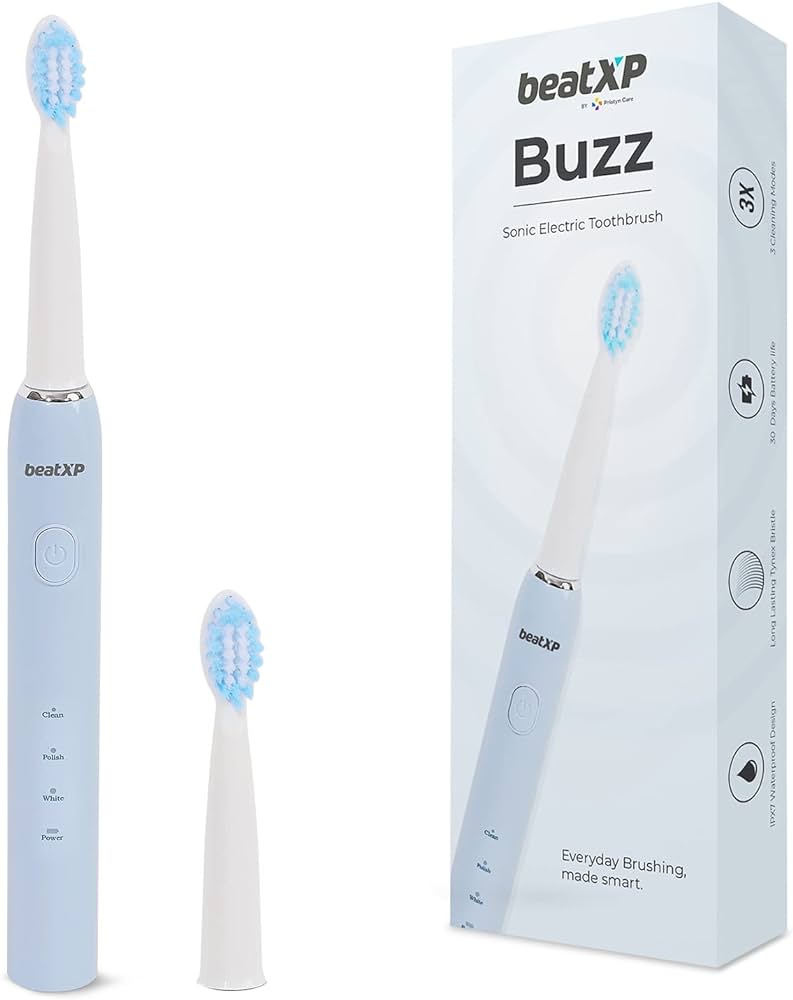
Do different brands of electric toothbrushes work the same way?
Introduction
Electric toothbrushes have gained popularity for their ability to deliver effective oral care. However, it’s important to understand that different brands of electric toothbrushes may not necessarily work in the same way. Each brand and model of electric toothbrush may incorporate unique features, technologies, and design elements that differentiate them from one another. In this article, we will explore the variations among different brands of electric toothbrushes, highlighting specific aspects that may differ between them.
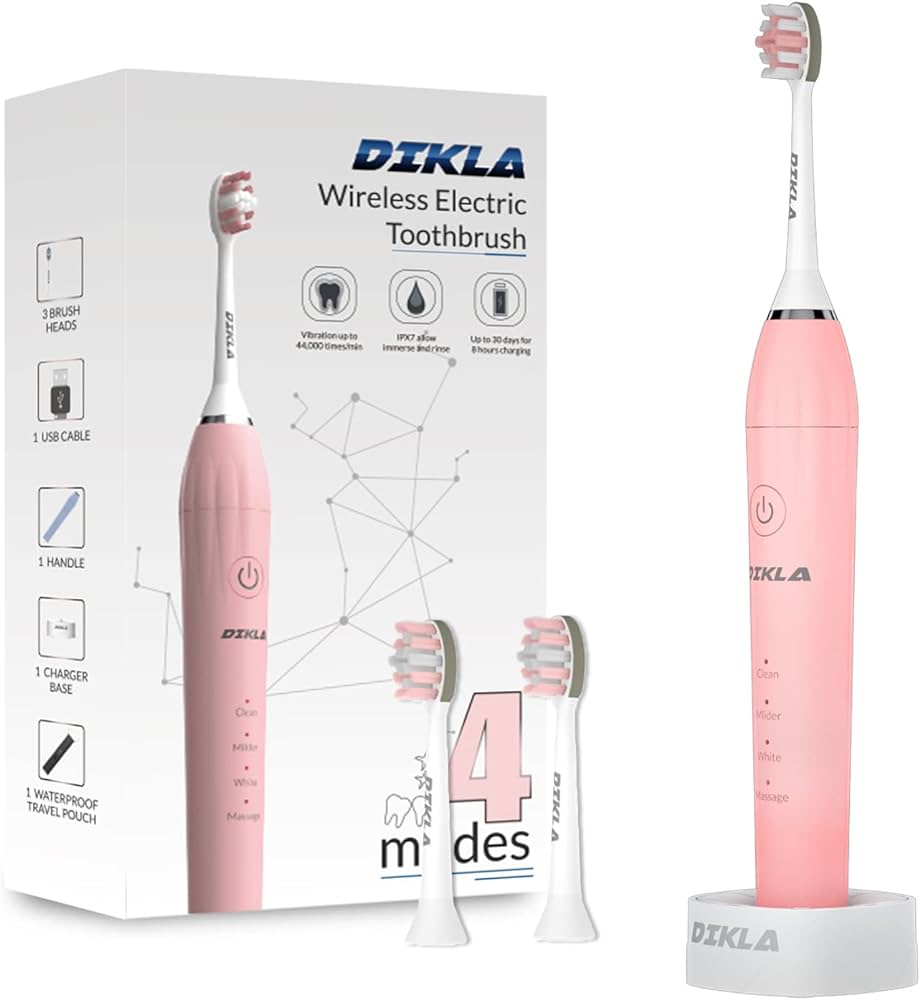
Do different brands of electric toothbrushes work the same way?
Brushing Technology and Modes
One significant difference between brands of electric toothbrushes lies in the brushing technology and the available brushing modes. While the fundamental concept of rotating bristles remains consistent across brands, the specific mechanisms and features can vary. Here are some examples of brushing technologies and modes found in different electric toothbrush brands:
Oscillating-Rotating: Brands such as Oral-B utilize oscillating-rotating technology, where the brush head rotates and oscillates back and forth. This motion helps remove plaque and debris effectively.
Sonic Technology: Some brands, like Philips Sonicare, utilize sonic technology, where the brush head vibrates at high frequencies, producing rapid movements and creating powerful cleaning action. Sonic toothbrushes generate fluid dynamics that reach between teeth and along the gumline.
Pulsating Technology: Certain brands, including Panasonic, incorporate pulsating technology. This mechanism involves brush heads that pulsate or vibrate rapidly, providing an effective cleaning action.
Multiple Brushing Modes: Many electric toothbrush brands offer various brushing modes to cater to different oral care needs. These modes may include options such as daily clean, sensitive, gum care, whitening, deep clean, and massage. Each mode adjusts the brush head motion and intensity to optimize oral hygiene based on specific preferences.
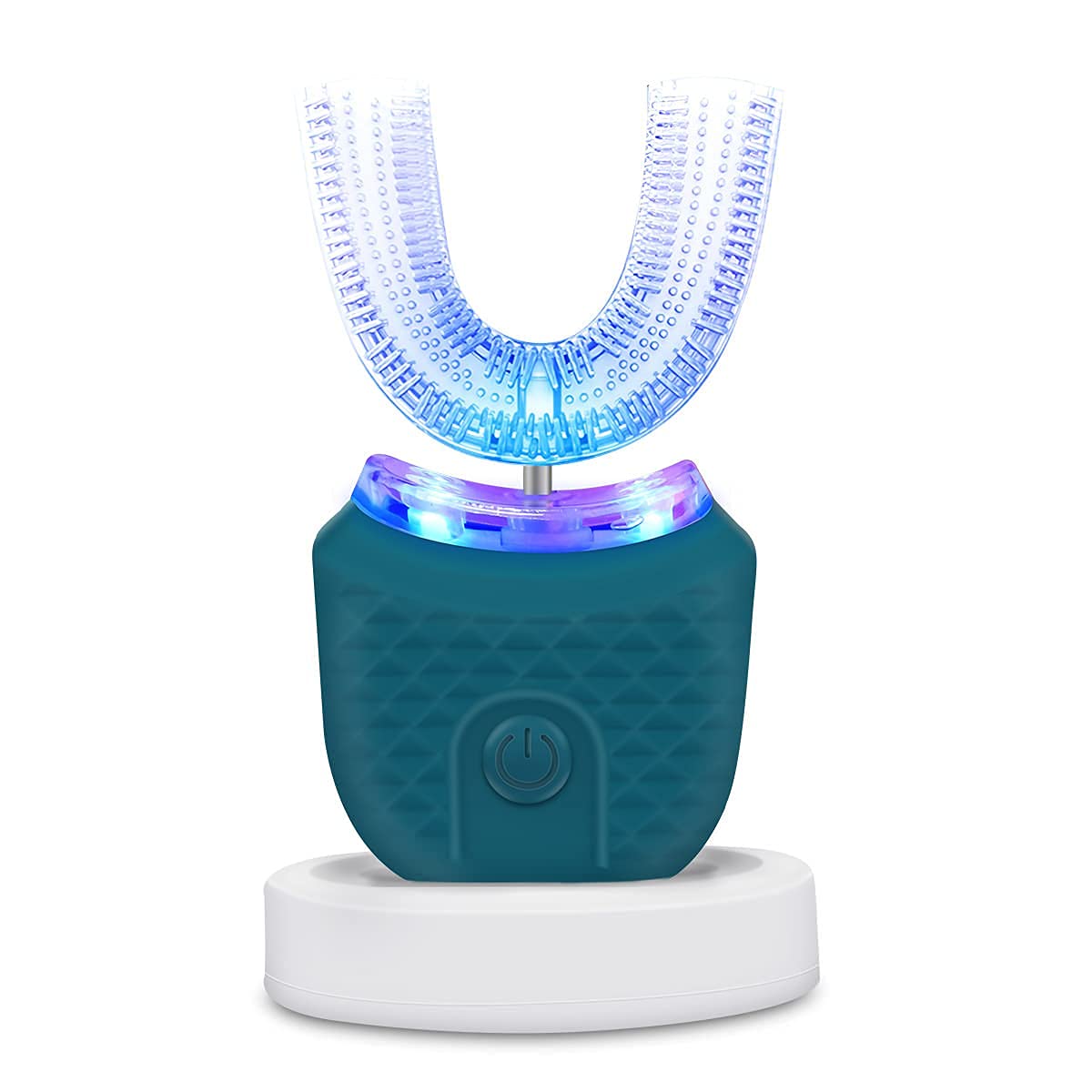
Design and Brush Head Options
The design and brush head options are another area where electric toothbrush brands can differ. The shape, size, and bristle configurations of brush heads can vary, allowing users to choose the one that best suits their needs. Some brands even offer specialized brush heads for specific purposes, such as interdental cleaning, orthodontic care, or sensitive teeth. Here are some design and brush head variations seen across different brands:
Brush Head Size and Shape: Electric toothbrushes may have different-sized brush heads, ranging from compact to standard sizes, to accommodate various mouth sizes and preferences. The shape of the brush head may also vary, with some brands offering round heads, while others have rectangular or oval-shaped heads.
Bristle Configurations: The arrangement and density of bristles can differ between brands. Some electric toothbrushes may feature angled bristles or crisscross formations for improved cleaning effectiveness.
Specialized Brush Heads: Certain brands offer specialized brush heads to address specific oral care needs. These may include brush heads for orthodontic care, gum health, tongue cleaning, or whitening.
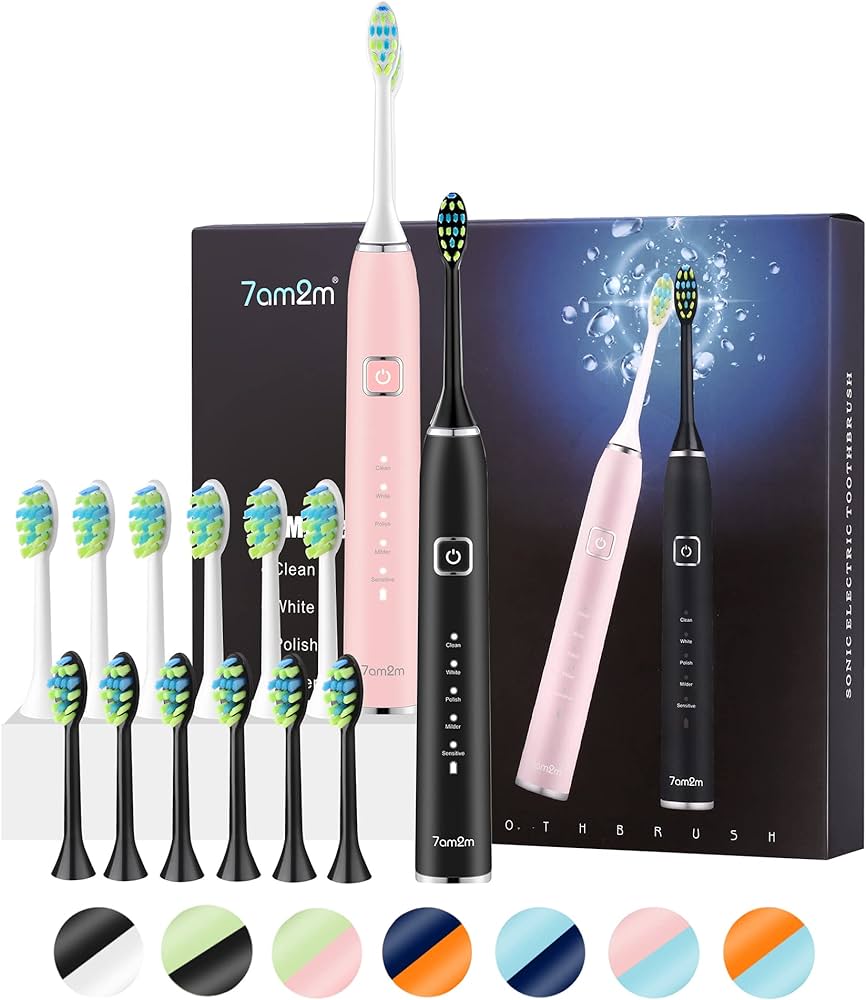
Connectivity and Smart Features
With advancements in technology, many electric toothbrush brands now offer connectivity and smart features. These features enhance the brushing experience and provide personalized oral care guidance. While not all brands incorporate these features, they can significantly differ between those that do. Here are some examples of connectivity and smart features found in electric toothbrushes:
Bluetooth Connectivity: Certain brands, like Oral-B and Sonicare, offer toothbrushes with Bluetooth connectivity. This allows the toothbrush to connect wirelessly to a smartphone app, providing real-time feedback on brushing technique and personalized oral care tips.
Pressure Sensors: Some electric toothbrushes have built-in pressure sensors that alert users if they are brushing too aggressively. These sensors help prevent excessive force on the teeth and gums, promoting proper brushing technique.
Timers and Quadpacer: Many electric toothbrushes include built-in timers and quadpacers. The timers ensure that users brush for the recommended two minutes, while the quadpacers prompt users to move to different sections of the mouth every 30 seconds, ensuring even coverage.
Brushing Performance Tracking: Certain smart toothbrushes track brushing performance over time, providing insights and statistics on brushing duration, coverage, and consistency. This information can be helpful in improving oral care habits.
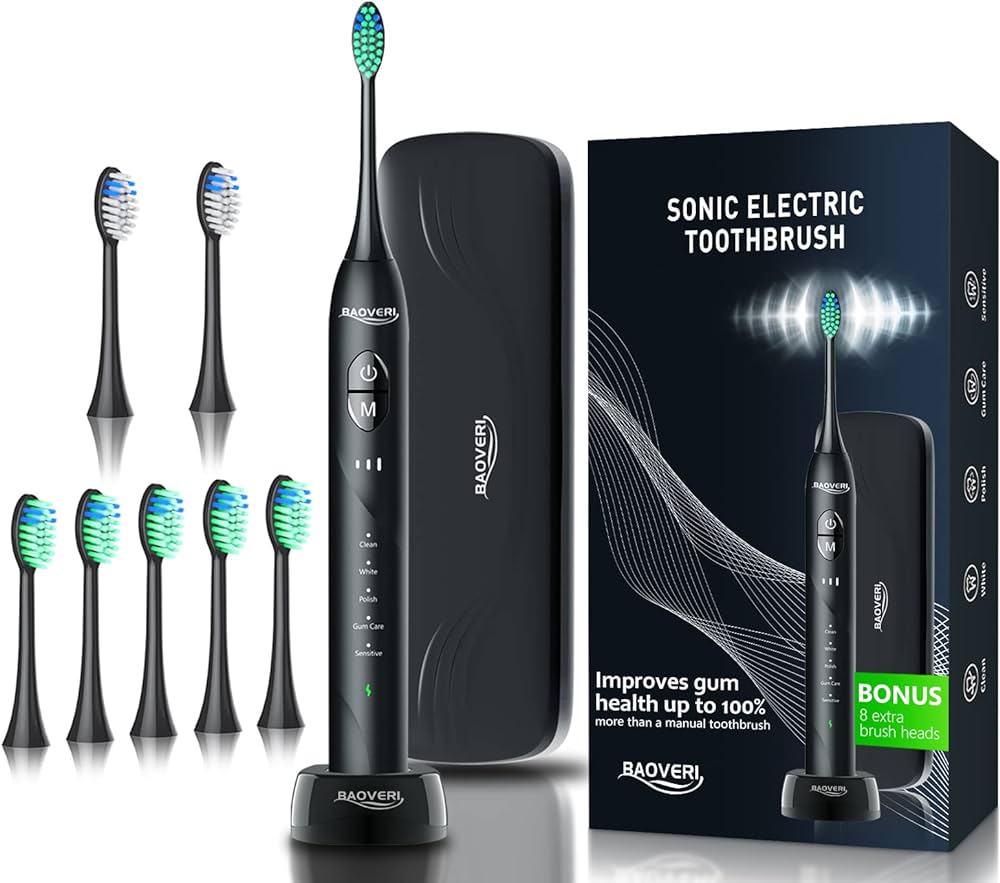
Inductive Charging and Battery Life
The charging method and battery life can vary between different brands of electric toothbrushes. While most electric toothbrushes use inductive charging, there may be differences in the charging bases, connectors, and performance. Additionally, the battery life can vary based on the brand and specific model of the toothbrush. Here are some aspects to consider regarding charging and battery life:
Charging Bases: Electric toothbrush brands may have different charging base designs, including stands, docks, or travel cases with built-in charging functionality. The form and ease of use of these bases can vary.
Charging Connectors: The connectors used to charge the toothbrush may differ in terms of their design, stability, and ease of connection. Some toothbrushes use magnetic connectors, while others utilize pin connectors.
Battery Life: The battery life of electric toothbrushes can vary, ranging from several days to several weeks on a single charge. Factors such as brushing intensity, frequency, and usage time can impact the battery life.
Accessories and Compatibility
Different electric toothbrush brands may offer their own line of accessories and replacement parts, such as additional brush heads, travel cases, or charging options. It’s important to consider the availability and compatibility of these accessories when choosing a brand. While some brands may have a broad range of accessories, others may have more limited options.
Additionally, compatibility with third-party brush heads or accessories may vary between brands. It’s advisable to check the manufacturer’s recommendations and guidelines regarding the use of compatible accessories.
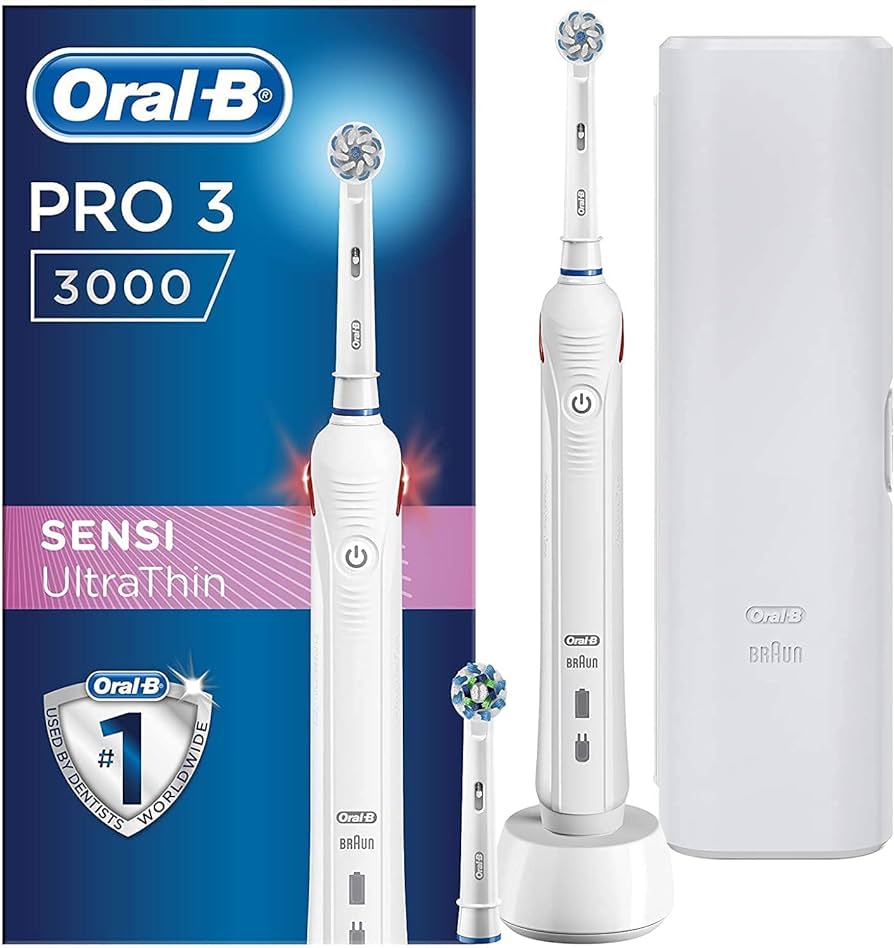
Conclusion
Different brands of electric toothbrushes can vary significantly in how they work and the features they offer. Variations can be found in brushing technology and modes, design and brush head options, connectivity and smart features, inductive charging, battery life, and compatibility with accessories. It’s important to consider these differences when selecting an electric toothbrush, ensuring that it aligns with your oral care needs and preferences.
Ultimately, the effectiveness of an electric toothbrush is determined by factors such as brushing technique, consistency, and adherence to recommended oral care practices. By understanding the distinctions between electric toothbrush brands, users can make informed choices and select the one that best suits their oral care requirements. Regular and proper use of any quality electric toothbrush, regardless of the brand, can significantly contribute to maintaining good oral hygiene.




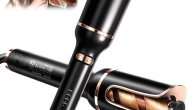
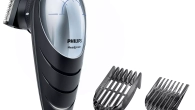
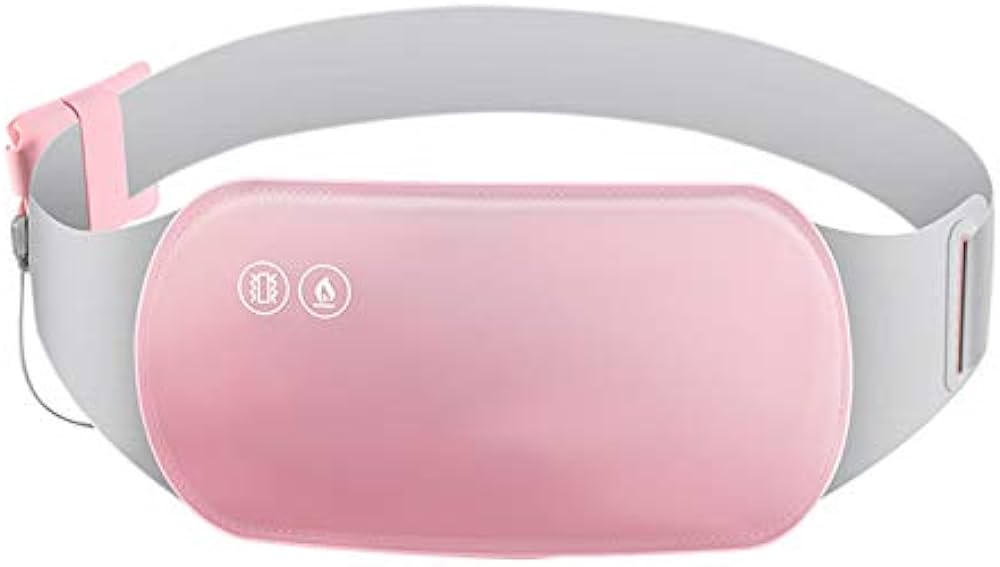
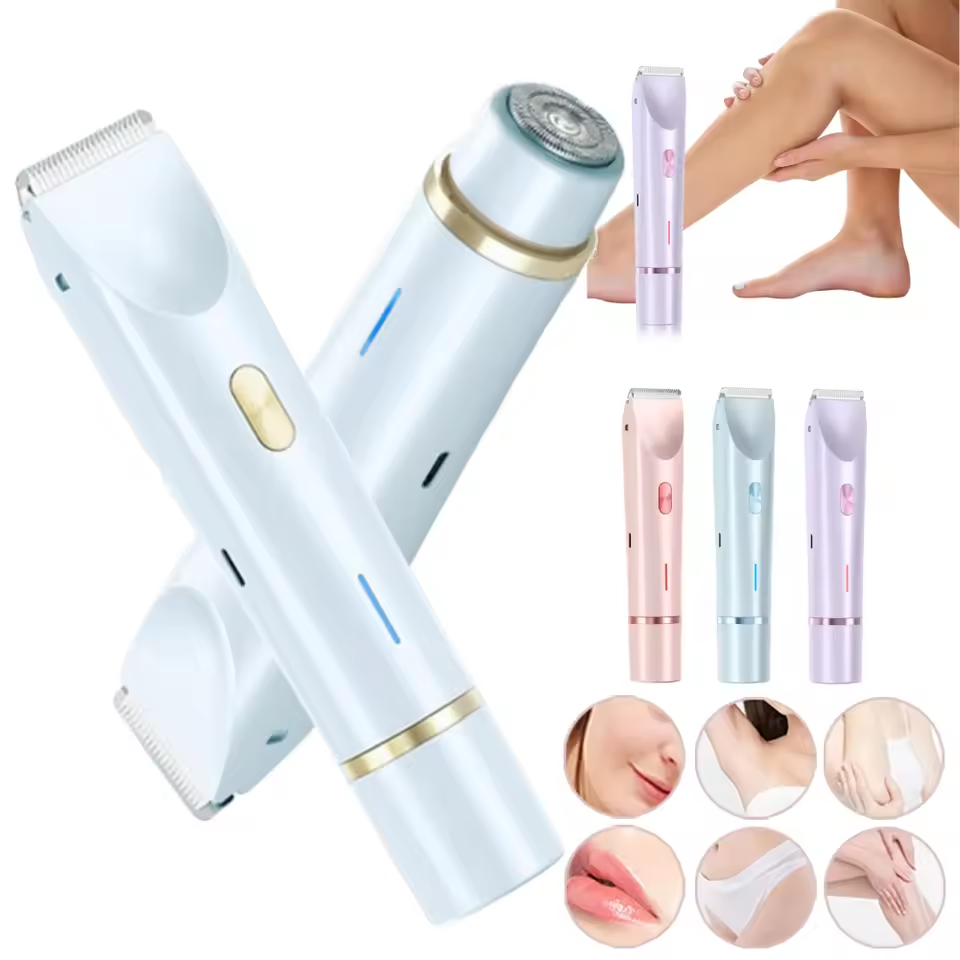

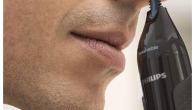
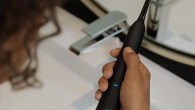
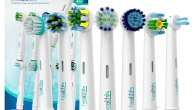
Leave a Reply
You must be logged in to post a comment.